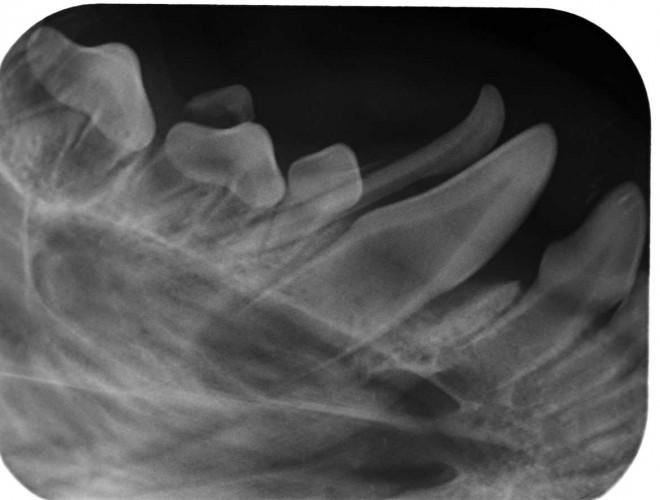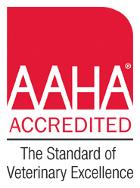
Periodontal disease is the most common ailment in companion animals. Dental radiographs can reveal significantly more problems than a thorough oral exam.
Patients in for “routine teeth cleaning and examination” will now benefit from a doctor seeing the other 50% of the tooth below the gum line. This allows the doctor to detect serious issues that would be impossible to diagnose without radiographs. Some of these issues are enamel defects, fractures beneath the gum line and bone loss.
Radiographs permanently document the problem in black and white. The degree of bone loss can be measured. Clients can see the areas of bone loss around the tooth, or a resorption that has “eaten away” the tooth’s root. Also, the radiograph can be compared to “normals” so clients can easily see an abnormal result.
The digital machine allows the doctors to use less radiation and has a more rapid turnaround. Also, they are then able to manipulate the images on the screen and adjust as required.
The dental radiograph becomes part of your patient’s permanent medical record. Examining serial radiographs of periodontal or endodontic cases taken at three to six-month intervals provides invaluable information concerning progression or resolution of disease.



